How can I protect myself and my family I when I am out and about?
Personal exposure to air pollution
The air pollution that you experience during normal daily activities is called your personal exposure. Your exposure will depend on the levels of pollutants present in all the places you visit (or move through) as well as the time you spend in each place. Typically, these places would include your home, your daily travel and anywhere you spend time for work, study and leisure.

Reducing your personal exposure
Because pollution levels are not the same everywhere and can change at the same place at different times of the day you may be able to reduce your exposure if you can change the way you travel, your travel route and/or the time of day you travel. Your exposure is also affected by how close you are to the source of the pollution; there are higher levels of air pollution the closer you are to the source, for example vehicle exhaust. Babies in prams and young children may breathe up to 60% more polluted air than adults during the school run because their breathing zones are lower and therefore closer to vehicle exhausts1. Where possible try to keep away from the edge of the road when walking to reduce exposure.
Transport is a major source of pollution with cars and taxis alone producing over 55% of all road transport greenhouse gas emissions. Changing how we travel can reduce how much pollution we create, and how much pollution we are exposed to.
Use people power
Walk, or cycle (known together as active travel) whenever you can rather than driving, especially during peak times when being in a car stuck in traffic can expose you to more pollution.
There are many benefits of active travel, including:
-
Producing little or no air pollution
-
Getting more exercise - which are good for your physical and mental health
-
Avoiding traffic jams
-
Reducing your carbon footprint to helo to tackle climate change
-
Saving you money and giving you the opportunity to get to know your local area and to support local businesses
Polluted air from the exhaust of the vehicles in front can get sucked into your car, and often stays trapped there, meaning you might breathe in more of the pollution. Research has illustrated that people who commute by car have higher exposure to pollutants that people walking or cycling. As a consequence, scientists have estimated that commuters using motorised transport lose up to 1 year in life expectancy in comparison to cyclists.

It is important not to avoid doing your usual physical activities because you are concerned about air pollution. For healthy people, the benefits of regular exercise have been shown to out-weigh any bad effect from air pollution. If you are concerned: check the air quality forecast, refer to the advice of the Daily Air Quality Index for current pollution levels and/or speak to your GP. People who take medication or are otherwise known to be at high risk should also continue to follow their doctor’s advice.
This video shows a short experiment carried out by Dr Ben Barratt at Kings College London on the different amount of air pollution people were exposed to when doing the same journey by different routes and types of transport.
How does active travel help to tackle the climate crisis?
Swapping the car for walking, cycling or e-biking even just for one day a week makes a significant impact on personal emissions in cities. Research finds that shifting to active transport can cut a quarter of personal carbon dioxide (CO2) emissions from transport.

Take quieter routes
When you can, avoid walking along the busiest roads. Choose ways to get to your destination that use quieter streets, trips through parks and other green spaces or pedestrianised areas.
Air pollution concentrates around the busiest roads, and getting even a short distance away from them can make a big difference. Quieter roads have been shown to reduce your exposure to pollution by 20%.
You can also think about when you travel. If possible, avoid travelling at rush hour when the pollution levels are often much higher.
Young children can be especially vulnerable to pollution on busy routes. A recent experiment found children were exposed to 30% more toxic pollution than adults while walking to school.
What if I have to drive?
We know that sometimes going places by car is unavoidable, but there are still some things that you can do to reduce the impact on yourself, your family and your local community.
Don't idle. It is less polluting to turn your engine off and restart it after a minute or longer than to leave your engine running.
Drive smoothly. Anticipate the road conditions and drive smoothly, avoiding sudden sharp breaking or accelerating. This will reduce the amount of fuel you use, and therefore reduce your tailpipe emissions, and will also reduce wear on your brakes which can also contribute to particulate emissions.
Try electric. If you are looking into replacing your car, test drive an electric one. Lots of car clubs also offer electric vehicles, and there are more and more electric taxis and buses on the road as well.
This video shows Usman's story of driving an electric car as part of his job.

Do face masks protect against air pollution?
Many of the face masks on the market don’t stop you from breathing in the smallest particles of air pollution.
For them to work, face masks need to fit very snugly, and have very effective filters. Instead of relying on face masks to protect you from air pollution try to take quieter routes away from traffic instead.
Car drivers can be exposed to twice as much pollution as a pedestrian and nine times as much pollution as a cyclist travelling the same journey
Quieter roads have been shown to reduce your exposure to pollution by 20%
Face masks
Transport is a major source of pollution
Active travel benefits



